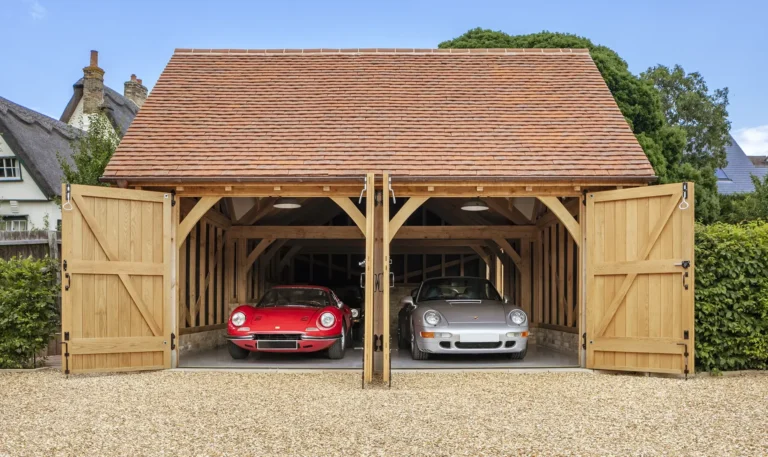Adding a garage to your property can be one of the smartest investments you make as a homeowner. Not only does it provide secure parking and storage, but it can also boost your home’s value and curb appeal. However, building a garage is more than just pouring a slab and raising walls—it involves careful planning, budgeting, and design. Before you break ground, here are the key factors every homeowner should consider.
1. Purpose: More Than Just Parking
Start by determining exactly what you want from your garage. Are you building it primarily to park your cars, or do you need extra storage, a workshop, or even a home gym? Your intended use will influence the size, layout, and features of the structure.
For example, if you’re planning a workshop, you’ll want to consider electrical needs, ventilation, and insulation. If your garage will double as a hobby space or office, additional windows and better climate control might be necessary.
2. Attached or Detached?
One of the first big decisions is whether your new garage will be attached to your home or a separate, detached structure.
- Attached garages are convenient, especially in bad weather, and can share utilities like electricity and HVAC with the main home.
- Detached garages, on the other hand, offer more flexibility in design and location. They’re great for homeowners who want to maintain the existing footprint of the house or add a separate guest or rental space above.
Each type has pros and cons, so consider your property’s layout and long-term goals before deciding.
3. Permits and Zoning Regulations
Before you get too far in the planning phase, contact your local zoning office or building department. Permits are almost always required for new construction, and zoning laws may dictate the size, height, and placement of your garage.
Setback requirements (how far the structure must be from property lines), HOA rules, and utility easements can all impact your project. Ignoring this step can lead to costly fines or forced demolition—so it’s best to play by the rules from the start.
4. Design and Aesthetics
Your garage should enhance your home’s appearance—not compete with it. A thoughtfully designed garage boosts curb appeal and should blend naturally with your home’s exterior. To achieve a cohesive look, use matching materials such as siding, roofing, and window styles. Architectural touches like gables, trim, or carriage-style garage doors can further elevate the design.
If your garage faces the street, these details become even more important in creating a polished look. For homeowners in Boise, professional garage door installation services can help you choose and fit a door that complements your home’s style while ensuring smooth, reliable operation.
5. Sizing It Right
When it comes to garage size, think about both current and future needs. A standard one-car garage is typically about 12 feet wide by 20 feet deep, while a two-car garage usually measures around 20 feet by 20 feet or more. But if you have large vehicles, plan to store lawn equipment, or want a workbench, bigger is better.
Don’t forget about vertical space either—especially if you’re thinking of adding storage racks or a loft area.
6. Electrical and Utility Considerations
Depending on your needs, your garage may require more than a single overhead light and outlet. Think about lighting, power tools, electric vehicle charging stations, heating, and internet access.
Consult with an electrician early in the process to ensure your garage will be wired safely and effectively. If plumbing is needed—perhaps for a utility sink or bathroom—that will require additional planning and cost.
7. Budgeting and Financing
Garage construction costs vary widely depending on size, materials, and features. On average, building a new garage can cost anywhere from $20,000 to $50,000 or more. Be sure to factor in costs for permits, labor, electrical work, insulation, and finishing touches like doors and paint.
If financing is needed, consider options such as a home equity loan, a personal loan, or construction financing. Getting multiple quotes from contractors can help ensure you get the best value for your budget.
8. Hiring the Right Contractor
Unless you’re an experienced DIYer, it’s wise to hire a professional contractor. Ask for recommendations, read reviews, and check references. Make sure the contractor is licensed, insured, and familiar with local building codes.
A good contractor will help you navigate the permitting process, keep the project on schedule, and deliver high-quality results.
Final Thoughts
Building a garage is a significant investment that can enhance both the functionality and value of your home. With thoughtful planning, attention to design, and a clear understanding of your needs, you can create a space that’s practical, attractive, and built to last. Whether you’re seeking extra storage, workspace, or simply a safer place to park, a well-designed garage is a decision you won’t regret.
